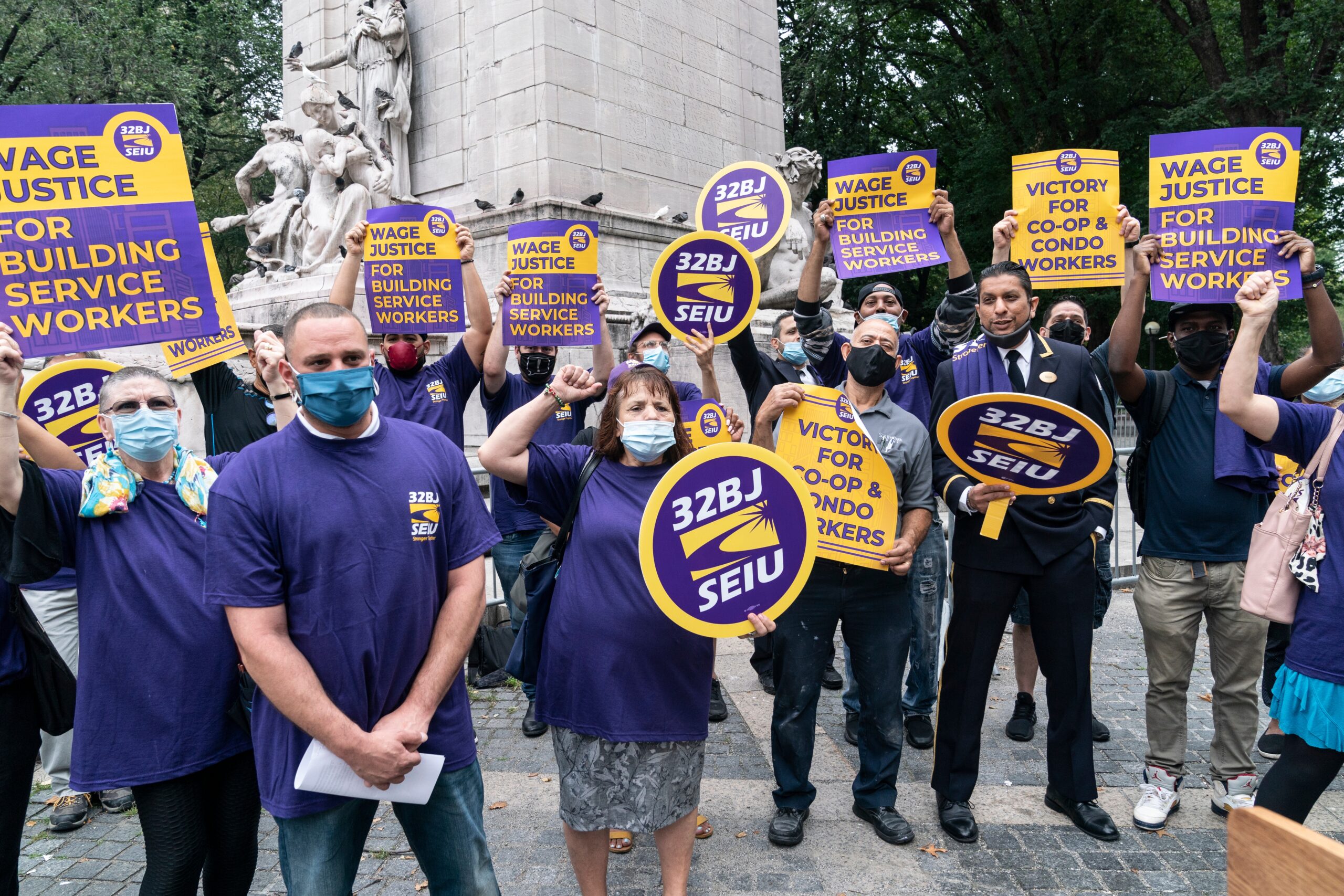 We’ve heard about the miserable experiences of employees at the Service Employees International Union (SEIU), but does the union treat its membership any better?
We’ve heard about the miserable experiences of employees at the Service Employees International Union (SEIU), but does the union treat its membership any better?
The SEIU’s track record reveals a union that repeatedly fails to support its members at the bargaining table and on the picket line.
In 2023, the State Employees Association of North Carolina (SEANC) – a group of 50,000 North Carolina state government workers – announced it was disaffiliating from the SEIU. The group cited the SEIU’s bargaining tactics as being ineffective for its workers. The union explained:
“Our membership felt that for a long time now, the way we approach labor, the labor movement in North Carolina, the way we approach our work in the legislature to try to get raises and benefits for state employees has been different than the way most of SEIU’s locals go about that.”
“For example, walk outs, strikes, and other collective bargaining efforts employed by some unions are not something that SEANC feels get results.”
Perhaps SEANC saw how SEIU Local 1000 failed workers in California in 2020. In that deal, the SEIU managed to negotiate an almost 10 percent pay reduction for government workers across the state. The same deal also delayed a general salary increase.
The SEIU also failed to ensure government workers at an office in California had adequate working conditions. SEIU Local 1021 workers complained the office was infested with rats, but it appears no reports or statements about the issue were made by the SEIU. Workers at the office were forced to contact ABC 7 News to report on the matter.
The SEIU’s neglect for workers doesn’t just end at the bargaining table, the union is also failing workers on the picket line.
Striking workers can expect to make little in the way of pay while they are on strike with the SEIU. According to a document from the SEIU-UHW in 2019, the SEIU-UHW was paying its striking members just $200 a week and that was only after being paid nothing for the first week of striking. The SEIU Local 503 only performs slightly better, paying its striking members $400 after the first week of striking.
These payments amount to just $5 and $10 an hour for a forty-hour work week – shocking coming from a union that consistently advocates for a $15 minimum wage.
The SEIU national headquarters seems to be more concerned with political spending than protecting workers. In 2022, it contributed just over $55,000 to its national strike benefit fund while spending over $60 million on political activities and lobbying.



